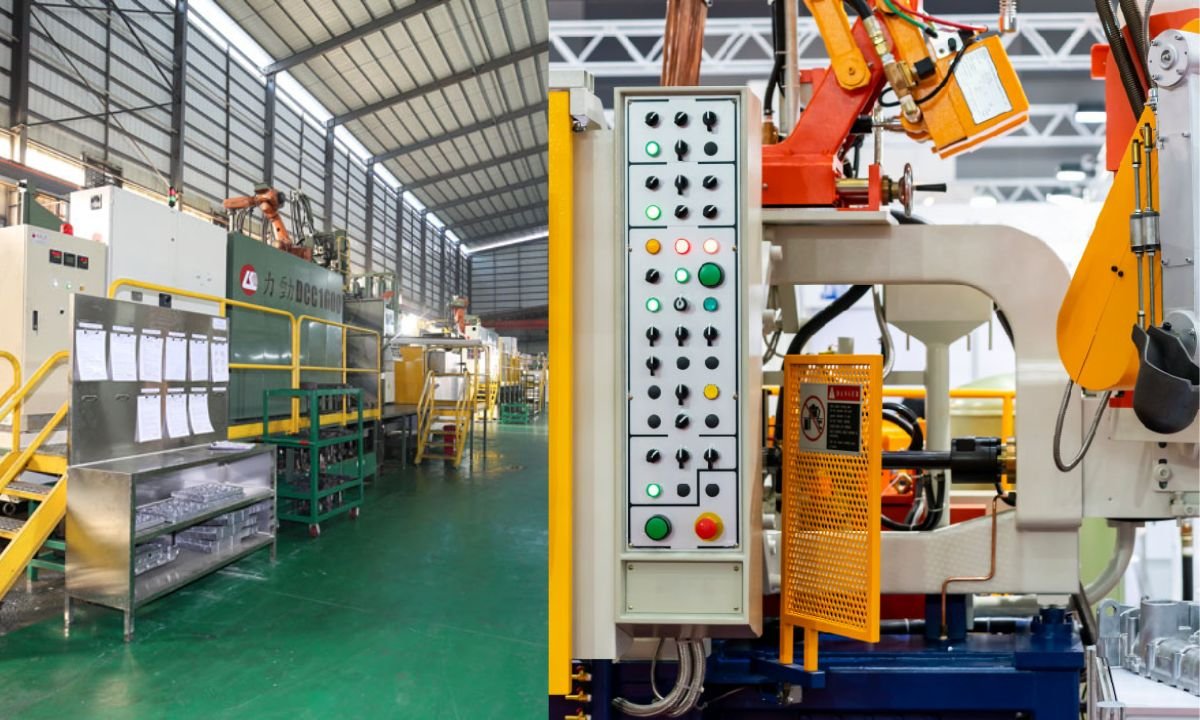The aluminum die-casting industry continuously evolves, driven by technological advancements, environmental considerations, and shifting market demands. As manufacturers seek to meet these new challenges, staying informed about the latest trends is crucial for success. This article explores some of the key trends shaping the aluminum die-casting industry today, including the role of China as a leading manufacturer of aluminum die-casting parts.
Latest Trends To Look Out For
To remain competitive in this fast-paced environment, manufacturers must stay abreast of the latest trends, from cutting-edge simulation technologies to the growing influence of electric vehicles, while navigating the complexities of a global supply chain. Some of these trends are as follows:
Lightweighting In Automotive And Aerospace Industries
One of the most significant trends in the aluminum die-casting industry is the push toward lightweight, particularly in the automotive and aerospace sectors. As regulations on fuel efficiency and emissions become stricter, manufacturers increasingly turn to aluminum die casting to produce lighter components without sacrificing strength or durability. Aluminum’s low density and high strength-to-weight ratio make it an ideal material for producing components that can reduce the overall weight of vehicles and aircraft, leading to better fuel efficiency and lower emissions.
Sustainability and Environmental Impact
Sustainability has become a central focus across industries, and aluminum die casting is no exception. The environmental benefits of aluminum, including its recyclability and lower carbon footprint than other metals, drive its adoption. The industry is also seeing innovations in more energy-efficient die-casting processes and using recycled aluminum. Manufacturers are increasingly investing in technologies that reduce energy consumption, minimize waste, and enhance the recyclability of die-cast products, aligning with global sustainability goals.
Advanced Simulation and Modeling Technologies
Advanced simulation and modeling technologies are revolutionizing the aluminum die-casting industry. These technologies allow manufacturers to predict and optimize the die-casting process, reducing the need for physical prototypes and minimizing defects. By simulating the entire casting process, from mold filling to solidification, manufacturers can identify potential issues early on and make necessary adjustments. This not only improves the quality of the final product but also reduces production costs and time.
High-Pressure Die Casting (HPDC) Innovations
High-pressure die casting (HPDC) continues to evolve, with innovations that improve the performance and versatility of the process. Advances in HPDC technology enable the production of more complex and thinner-walled components with greater precision. This is particularly beneficial for industries such as electronics and telecommunications, where miniaturization and intricate designs are essential.
Growth of Electric Vehicles (EVs)
The rapid growth of the electric vehicle (EV) market is creating new opportunities for the aluminum die-casting industry. EV manufacturers increasingly use aluminum die-cast components to reduce vehicle weight and extend battery range. The demand for lightweight, high-performance parts drives innovation in die-casting alloys and processes as manufacturers strive to meet the specific needs of the EV market. This trend is expected to continue as the adoption of electric vehicles accelerates globally.
Global Supply Chain Dynamics
The global supply chain for aluminum die casting is undergoing significant changes, influenced by geopolitical factors, trade policies, and many more. China remains a dominant player in the aluminum die-casting industry, with many companies opting for China aluminum die casting parts manufacturers as they are reliable. However, there is also a growing trend towards diversifying suppliers and increasing regional production capabilities to enhance supply chain resilience.
Customization and Design Flexibility
Customization is becoming a key trend in the aluminum die-casting industry as manufacturers seek to meet the specific requirements of their clients. The ability to produce custom-designed parts with complex geometries is a significant advantage of die casting. Advances in die design and production techniques enable greater flexibility in the shapes and sizes of die-cast components, allowing manufacturers to cater to a broader range of applications.
Conclusion
The aluminum die-casting industry is at the forefront of technological innovation. As the industry continues to evolve, staying informed about these trends will be essential for manufacturers looking to remain competitive. Additionally, with China being a significant player in producing aluminum die-cast parts, global manufacturers must navigate the complexities of the global supply chain to ensure a steady and reliable supply of high-quality components.
Refresh Date: August 21, 2025



